Join getAbstract to access the summary!

Join getAbstract to access the summary!
Jacques Pelkmans
Just a Little Brexit?
‘Alternative (Customs) Arrangements’ and the Withdrawal Agreement
CEPS, 2019
What's inside?
Achieving a harmonious Brexit outcome on the Irish border has not been easy.
Recommendation
In the continuing saga of Brexit, a withdrawal agreement provides for the temporary continuance of European Union customs jurisdiction for Northern Ireland. But staunch Brexiters claim this backstop would constrain the United Kingdom’s ability to conclude new trade arrangements. In this perceptive briefing that predates the agreement on the Irish trade border, economist Jacques Pelkmans examines the particulars of a 2019 proposal for “dual autonomy” that could give both parties the best of both worlds: preserve Irish open-border trade while simultaneously respecting an independent United Kingdom and European Union rules.
Summary
About the Author
Jacques Pelkmans is an associate senior fellow at the Centre for European Policy Studies.










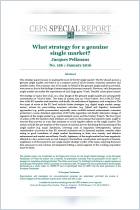
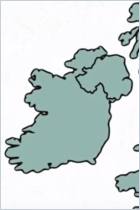

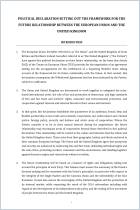

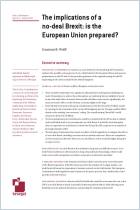
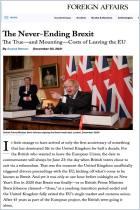


Comment on this summary